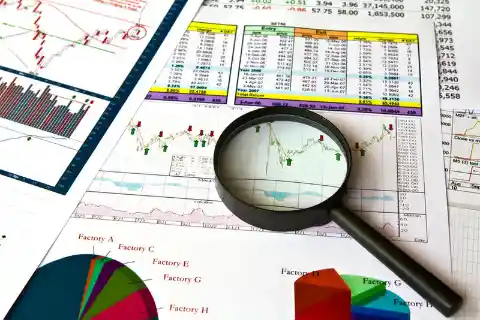Here is a good advice as to how to pass the time at home these days and help yourself improve your trading skills. Follow these easy steps one by one, write down your checklists and review it.


These short checklists will not take very long to review. When repeated, over time, those reviews will be planted in your head what you should and what you should not do then you can start succeeding as you move forward.
First Step
First and foremost, connect with people who matter to you.


Reach out to help and encourage others you care about. Offer help and encouragement to those you love and trust. Now is the time to get your life, your well-being, and your self-esteem in order.
Second Step
Now you should start reviewing your trades from the beginning of this downturn.


Calculate your profits and losses during the period. You should ask yourself did you perform well, given the opportunities and risks allowed by this market?
Third Step
Discover the biggest mistakes you made during this period and immediately put together a plan to ensure when it comes around again, you can avoid going down that road.


One of the best techniques that are super helpful, is creating a very simple checklist of things you do when you are not trading successfully. This includes mindset, market biases, chasing moves, etc.
Before placing trades, you need to mentally review your checklist and be sure you can check off all the boxes to actively identify you are not making the same mistakes all over again.
Your “Don’t List” is a great tool to check your thinking and self-awareness in making decisions and performing actions.
Fourth Step
Decide on one thing you have done really well during this period. Find the kind of opportunity you have been able to identify and exploit easily. Look at your best trades and create a list of what you have done really well on those trades.


Your “Best Practices” can fill your To-Do checklist. You need to be able to quickly review your To-Don’t list, it’s important are aware that you check off all the boxes on your To-Do list.
Find a Pattern that Works for You
We have studied many broad declines including the markets after 1929, the large bear markets of 1972 to 1974 and 1976 to 1982. Also, more recent declines that starting in 2000 and 2007.


The majority of cases, after there has been a momentum washout of declines, there has been continued volatility and sharp moves in either direction, often as part of the bottoming process.
The bottom line from those studies, there have been great trading opportunities followed by oversold times which are not always great investing opportunities.
Find a pattern that works for you during these volatile markets and playbook them which can help in structuring your risks. Everyone knows you cannot change the past but you can learn from the past!
The number of opportunities is still lying ahead of us so, by all means, use the past to prepare yourself for the future.